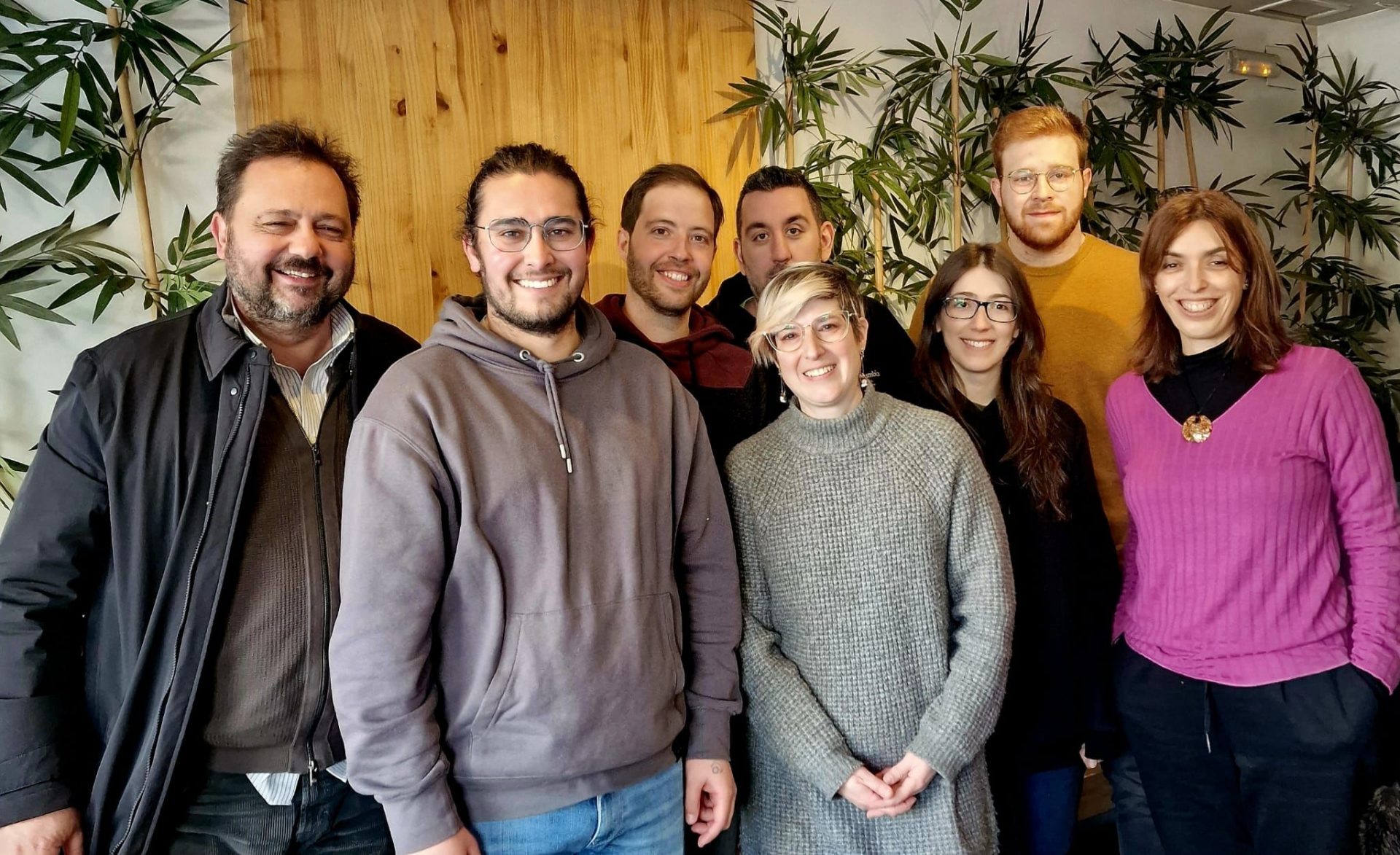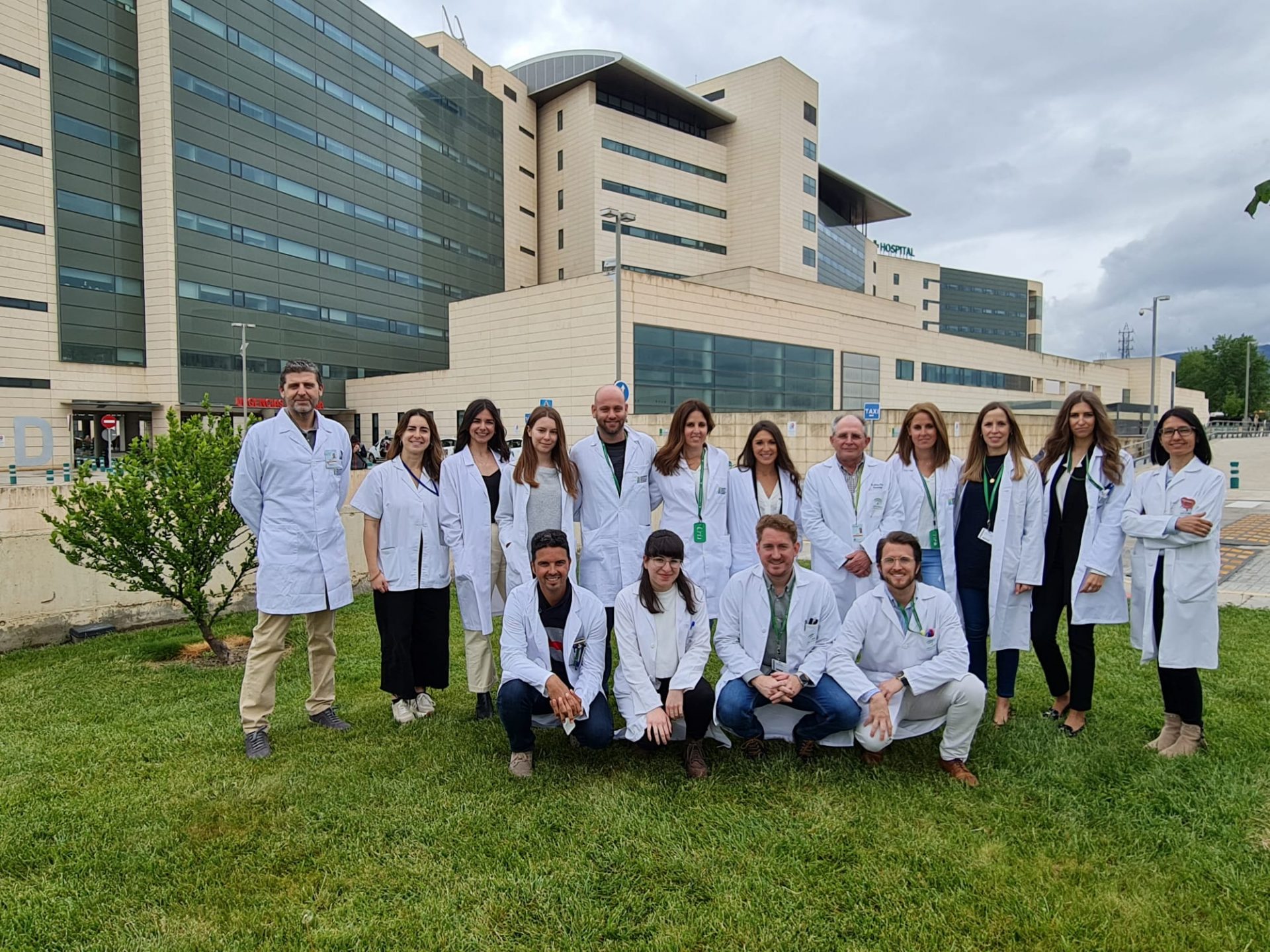
A team of researchers, led by the University of Granada, has unravelled the complex relationship between the two species concerning the carrion on which they feed, which will help to better understand how the two largest African carnivores can coexist even in small natural reserves
Lions, the dominant species, show a greater preference for large animal carcasses, while hyaenas also feed off smaller carcasses, which are practically ignored by lions
It is well known that lions (Panthera leo) and spotted hyaenas (Crocuta crocuta) compete over the same prey—primarily medium-to-large hoofed mammals. Lions can even steal the prey hunted by hyaenas, and vice versa, in an interaction known as ‘kleptoparasitism.’ However, the carrion-eating habits of these two species are even more complex, in that both take advantage of practically any dead animal they find when scanning the territory. In fact, they sometimes consume more carrion than live prey. But how do lions and hyaenas interact over the carrion?
A team of researchers, led by the University of Granada (UGR), has recently published a study in the journal Oikos that attempts to answer this question. The fieldwork was carried out in two South African nature reserves, one with both lions and hyaenas (Hluhluwe-Imfolozi Park) and another with hyaenas but no lions (Mkhuze Game Reserve), both in the Zululand region.
Marcos Moleón Paiz, researcher at the UGR’s Department of Zoology and one of the authors of this work, explains how “the pattern of carrion-consumption was similar in both species, albeit we found important differences. For example, lions showed a stronger preference for large animal carcasses, while hyaenas also consumed smaller carcasses, which the lions virtually overlooked.”
The data indicate that, when both species are present around the same carrion—the probability of this scenario increasing, the larger the size of the carcass—the lion is the dominant species, especially when an adult male appears. “Hyaenas modify their behavior in the presence of their competitor,” continues Moleón. “On the one hand, they have to give up part of the feast to the lions. On the other, their behaviour becomes more diurnal than in the area where there are no lions, where they are genuinely nocturnal and crepuscular.”
Interestingly, the relationship between lions and hyaenas also includes positive interactions. For example, “hyaenas locate carrion faster if lions are already present, probably because the former listen, smell, or even actively follow the latter,” says Moleón.
This study reveals that, in order to guarantee the long-term coexistence of lion and hyaena populations in the same area (particularly in the case of small nature reserves), it is important to seek a varied supply of prey, which includes megaherbivores such as elephants and rhinoceroses.
Small populations
“Unfortunately, the populations of these megaherbivores are being dramatically reduced due to the trafficking of elephant ivory and rhinoceros horn, which is on the increase during these times of reduced environmental surveillance due to the COVID-19 epidemic,” laments the UGR researcher.
This study required years of intensive fieldwork. The sampling involved first placing the dead animals of different sizes—from chickens from a local farm to wild animals such as impalas, nyalas, wildebeest, buffalos, rhinoceroses (black and white), and even elephants. Next, close by, one or two camera–traps were placed to capture images of all the carrion-eating animals that approached. Once the carrion was consumed, the cameras were removed and the photographs analysed (in total, 6,927 images were obtained, including 789 of lions and 2,133 of hyaenas).
“In the case of some buffalo, rhinoceroses, and elephants,” explains Moleón, “when we arrived with the carcasses we found that lions or hyaenas were already ahead of us. So, we had to scare them off, a few metres away, while we positioned the camera. In these situations, for safety reasons, we were always accompanied by a ranger armed with a rifle, although they never needed to shoot, not even into the air.”
To conduct the study, Moleón lived in one of the reserves (Hluhluwe-Imfolozi) for two years, in a small camp surrounded by an electrified fence. “Having the opportunity to experience Africa from within is an absolutely magical and unforgettable experience, both personally and professionally. Since I first arrived in Zululand in 2010, a large part of my research career has revolved around the megafauna of the African continent,” he comments.
“Future projects on this continent include studying how the presence of these large carnivores influences the ‘landscape of fear’ of the other animals of the savannah, and how the African megafauna, in general, can act as an economic driver for African society.”
Bibliography:
Amorós et al. (2020), ‘Hyaenas and lions: How the largest African carnivores interact at carcasses.’ Oikos. Online: Doi: 10.1111/oik.06846








Media enquiries:
Marcos Moleón Paiz
Department of Zoology, University of Granada
Tel.: +34 958 243082
Email: mmoleon@ugr.es



